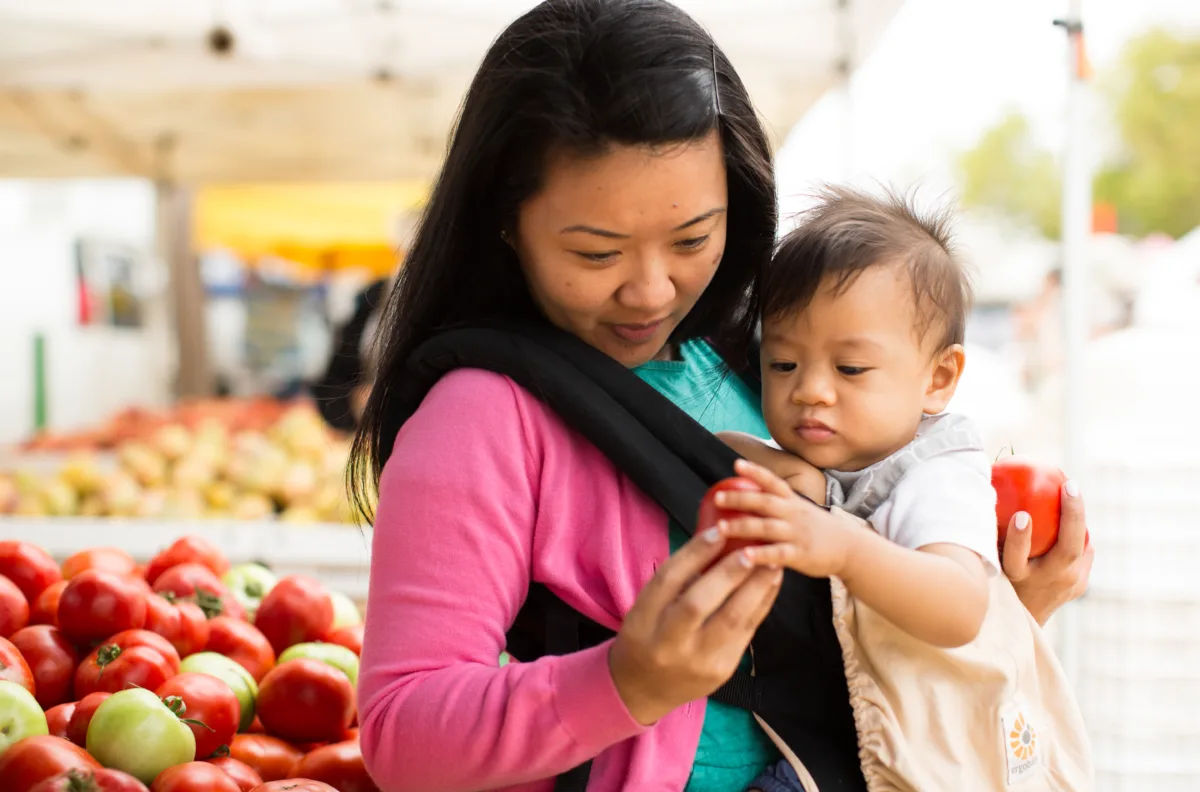The American Academy of Pediatrics has reported that nearly 2.3 million children in the United States have tested positive for coronavirus since the start of the pandemic. In addition to the health impacts of COVID-19 itself, there is evidence that COVID can be connected to other diseases as well, including obesity. The Centers for Disease Control and Prevention lists obesity as one underlying risk factor for severe consequences from COVID-19.
Early evidence is also beginning to show that COVID-19, and the economic consequences of the pandemic, may be increasing the risk for obesity. Factors such as limited access to affordable, healthy food, fewer places or chances to be physically active, or uncertain access to healthy school meals, can increase a child’s risk for obesity.
To get a better understanding of how COVID-19 might ultimately impact childhood obesity rates in the future, we spoke with Dr. Punam Ohri-Vachaspati of Arizona State University and Dr. Lindsey Turner of Boise State University.


